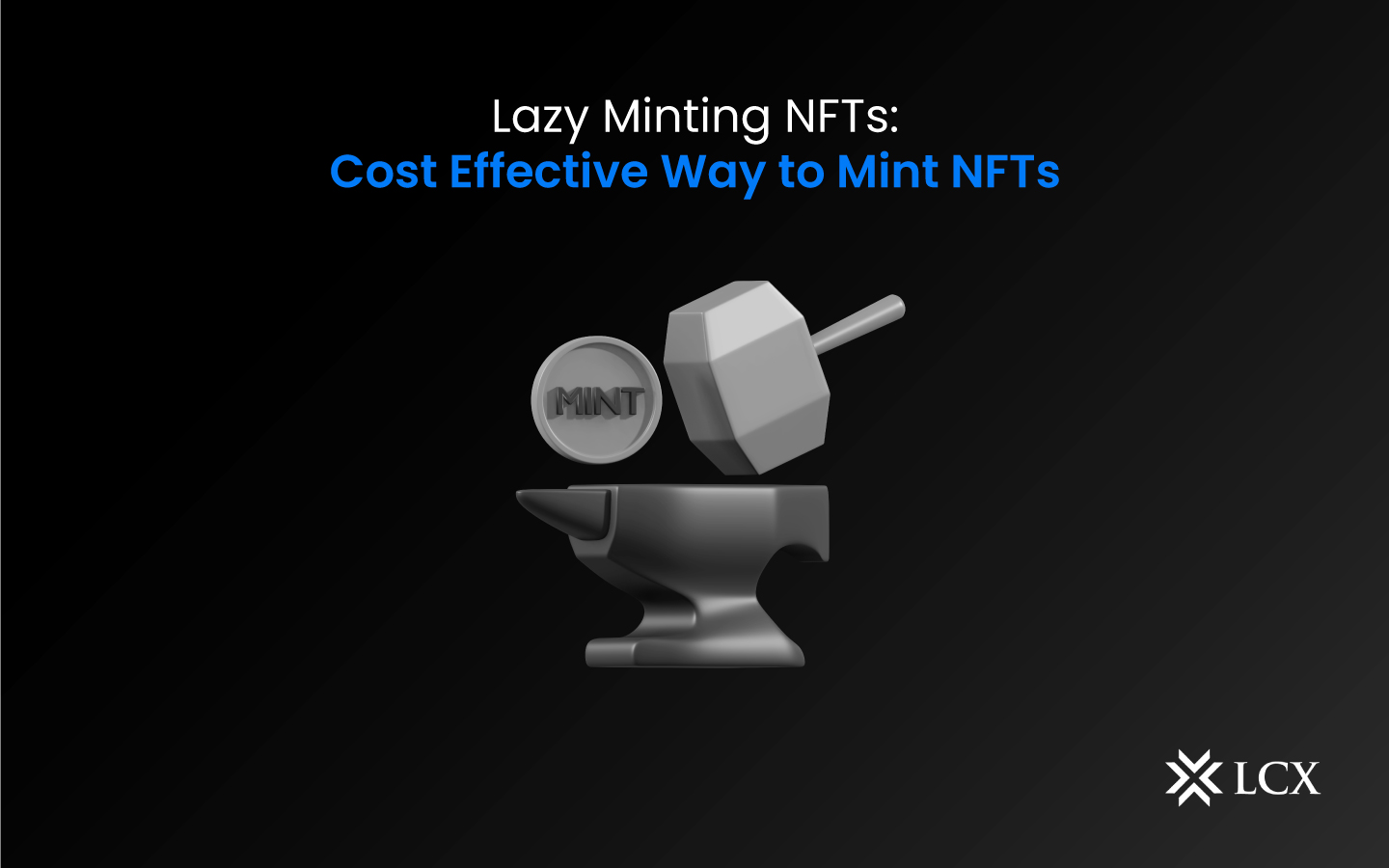Short-term holders hold less than 9% of the total

Be[in]Crypto takes a look at Bitcoin (BTC) on-chain indicators that relate to the lifetime of current holders. More specifically, the HODL wave is analyzed to determine if there are any similarities to the previous market cycles.
The HODL wave shows the percentage of total BTC in circulation that has moved in a specified time period. Afterwards, the realized cap HODL wave introduces a small adjustment, where the realized price is used instead of the market price. This is done to provide more accurate data.
For example, if the HODL band of one to two years has a width of 15%, it means that 15% of the total BTC in circulation has previously moved between one and two years ago.
During market cycle peaks, the bands between one day and one month (red) increase considerably. This happens as a result of long-term holders having distributed all their coins to short-term holders. This was visible in the 2013, 2017 and 2021 market cycle peaks (black circles). Although it was also present, it was not as pronounced in May or November 2021 (white circle).
Short-term BTC holders are at the bottom
Since the all-time high, the most interesting development is the rise in the one- to two-year bands. This has occurred as a result of the decline in shorter time bands between one week and 12 months.
Since Nov, the one to two year band has increased considerably (black circle). During this time, short-term ties have decreased significantly (black circle).
To summarize, the change in band from November 2021 to August 2022 has been:
- 1 week – 1 month: 15 to 5%
- 1-3 months: 15 to 10%
- 3-6 months: 17 to 14%
- 6-12 months: 38 to 22%
- 1-2 years: 4 to 37%
Furthermore, when removing bands less than one month, the current percentage of 91% is in line with previous market cycle lows. This means that short-term holders currently only have 9% of tokens in circulation.
Previous market cycles
Historically, the one to two year band has been close to 35% when the absolute bottom was reached. In 2015, the band was at 33% when the bottom was reached, while in 2018 it was at 30%, but increased rapidly, reaching a peak of 48% just three months later.
Currently the band is at 37% and rising. Therefore, it is possible that the price is in the accumulation phase after the bottom.
At the end of the accumulation phase, the one to two year band is reduced again, while the 2 to 3 year band begins to swell.
Since the one-to-two-year band has risen since November, if these buyers were to hold, they would gradually move to the two-to-three-year band (green) starting in November 2022. If this were to happen, it would likely mark the end on the accumulation phase and the beginning of the next bull market.
For Be[in]Crypto’s latest Bitcoin (BTC) analysis, click here
Disclaimer
All information on our website is published in good faith and for general information purposes only. Any action the reader takes on the information contained on our website is strictly at their own risk.

























